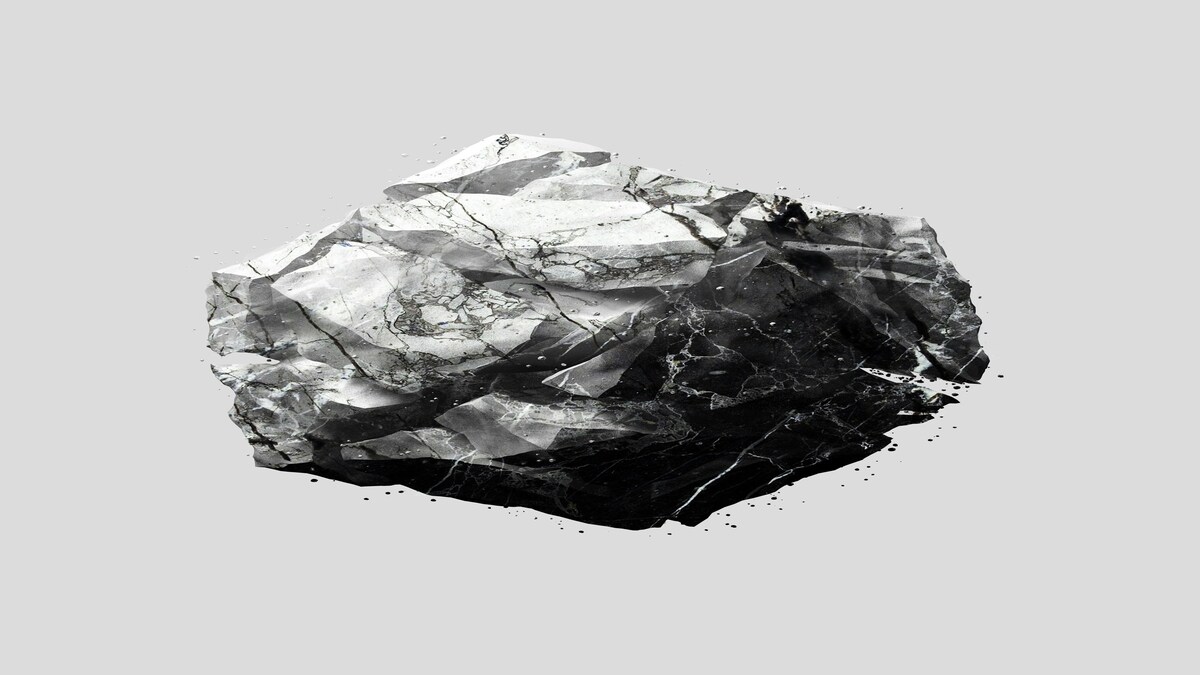What Is Palladium?
Palladium is one of those rare silvery-white elements found on the face of the earth, and it plays a role in production, mainly for electronics, manufacturing processing, and automotive production. Other functions include dentistry, medicine, jewelry, chemicals, and groundwater treatment.
46 on the periodic table, it is a member of the platinum group metals, or PGMs, which include platinum, rhodium, ruthenium, iridium, and osmium. The major sources of palladium are the mines in the United States, Russia, South Africa, and Canada. Palladium is rare-it is 30 times rarer which makes it very precious and thus its value has much effect.
A brief history of palladium
The metal palladium came out in the year 1802 when British chemist William Hyde Wollaston discovered it while experimenting with platinum. He named the metal after the asteroid Pallas. Initially sold as a form of silver, the metal eventually gained recognition for its distinct properties.
Palladium found its first large amount of use in jewelry in 1939. However, the popularity of the metal continued to grow until the 1980s, when it found most of its applications in industry, especially in catalytic converters. Today, it permeates many industries automotive, electronics, watchmaking, dentistry, and even photography industries.
Key uses of palladium
- Catalytic Converters: The most prominent use of palladium is in catalytic converters, where it helps reduce harmful emissions from vehicles by converting toxic gases into less harmful substances.
- Electronics: Palladium is essential in creating components like capacitors and connectors, critical for modern technology.
- Jewelry and Dentistry: Jewelers value palladium for its strength and hypoallergenic properties, while dentists use it in alloys for fillings and crowns.
- Green Energy: Palladium sheets, which can be rolled extremely thin, are used in fuel cells and solar energy applications.
- Chemical Applications: It catalyzes various industrial and chemical reactions.
Read more: How much will you pay each month for a $1,500,000 mortgage?
The market dynamics of palladium
The high value of palladium is attributed to its rarity, making it one of the most valuable commodities in the world. The most recent record high point was achieved in February of 2022 at US $2,981 per ounce, while the lowest recorded around that time was approximately $41.70 in 1977. The production of palladium is allotted into four major countries, with Russia leading, and then South Africa, Canada, and the United States following.
There were some years when there were great fluctuations in the prices of palladium metal. Between 1986 and 1996 it rested at $100-$150 per ounce but jumped suddenly in the early 2000s. Since 2016, palladium value has increased steadily due to more demand in the industry and its tight supply.
Investing in palladium
Investors interested in palladium have multiple avenues to explore:
- Exchange-Traded Funds (ETFs): ETFs like the Sprott Physical Platinum and Palladium Trust (SP) and Aberdeen Physical Palladium Shares (PALL) allow investors to track the value of palladium without physically owning it.
- Physical Bullion: Buying palladium bars or coins is another option, though it involves the added cost of storage and security.
- Mining Stocks: Investing in companies that mine palladium provides indirect exposure to the metal. However, many mining firms extract multiple metals, diluting the focus on palladium alone.
Why Is palladium valuable?
The matchless attributes of durability, versatility, and rarity respectively prop up the said palladium. Harder than gold and platinum, therefore useful in industrial applications. Its corrosion resistance and very high melting point increase its value.
Final thoughts
Palladium is a metal with many purposes and is among the rarest today. It plays important roles in technology, green energy, and modern manufacturing. High demand combined with a relative rarity makes it an interesting choice for investors who want to diversify their portfolios. Investors can get involved in palladium either through ETFs, physical bullion, or mining stocks. Thus, investing in palladium will provide a valuable option for capturing one of the most useful and precious resources.
Palladium is a very versatile and rare metal, with very critical applications in technology, green energy, and manufacturing. It’s rare and highly demanded, making it a great investment choice for investors wanting added diversification. Whether through ETFs, physical bullion, or mining stocks, investing in palladium serves as one of the ways of investing in a resource that is as practical as it is valuable.
What’s up, based on this issue today
As of May 15, 2025, palladium’s investment appeal is waning due to oversupply and declining demand. Prices have dropped from a 2022 peak of $3,002 to approximately $953.50 per ounce, with forecasts suggesting a range between $800 and $1,200 this year. The automotive sector, responsible for 80% of palladium use, is shifting towards electric vehicles, reducing reliance on palladium-based catalytic converters. Additionally, increased recycling and stable mining outputs from Russia and South Africa are contributing to a projected surplus of nearly 1 million ounces. While palladium remains vital in electronics and hydrogen fuel cells, its investment prospects are currently subdued.

